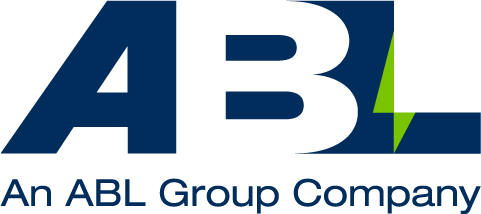Tackling Risk of Reservoir Sedimentation
ABL’s Snr. Subsea and Pipeline Engineer, Sritama Sarkar – one of 40 industry experts invited to join the World Organisation of Dredging Associations’ (‘WODA’) ‘Reservoir Dredging Working Group’ (‘WG’), discusses the WG’s objectives and the global significance of the work.

With a continuously growing global population, lifestyle changes leading to increasing water wastage, and changes in weather patterns due to global warming, many countries and major cities are facing increasingly depleting water resources.
Natural and artificial reservoirs act as a major source for fresh water. However, their beneficial impact on society is undermined by the risk posed by reservoir sedimentation.
Reservoir sedimentation reduces the reservoir capacity, ultimately reducing its lifespan, meaning it would require extra resources and investment for restoration and life extension.
For this reason, the World Organisation of Dredging Associations (‘WODA’) has established the Reservoir Dredging Working Group, bringing together 40 industry experts, with the objective to develop dredging-based solutions for tackling sedimentation problems in reservoirs worldwide.
Reservoir sedimentation problems are dependent on the type of reservoir as well as its geographic location. Therefore, mapping the sedimentation problems to the reservoir type is very important and a necessary activity, which will help to inform decision-making on suitable cost-effective solutions with minimal environmental impact.
The main challenges for dredging inland reservoirs as opposed to offshore dredging and inland dredging are disposal and management of the excavated material as well as transportation of suitable sized dredgers to the working site.
The working group’s main deliverable will be a report of findings and recommendations, which will help the global reservoir dredging community to identify what problems lie ahead based on the reservoir type and location, and therefore, help to define practical dredging-based solutions to mitigate against future risk.
The end goal is to create a recognised industry standard for reservoir dredging, which will recognise challenges in early planning, establish early-on risk-mitigation strategies, and ultimately promote more cost, time and performance-effective approaches to reservoir development.
Developing long-life reservoirs, suitable to the designated environment, will ensure the reservoir delivers on its original promise – to improve wider-spread availability of fresh water sources.
